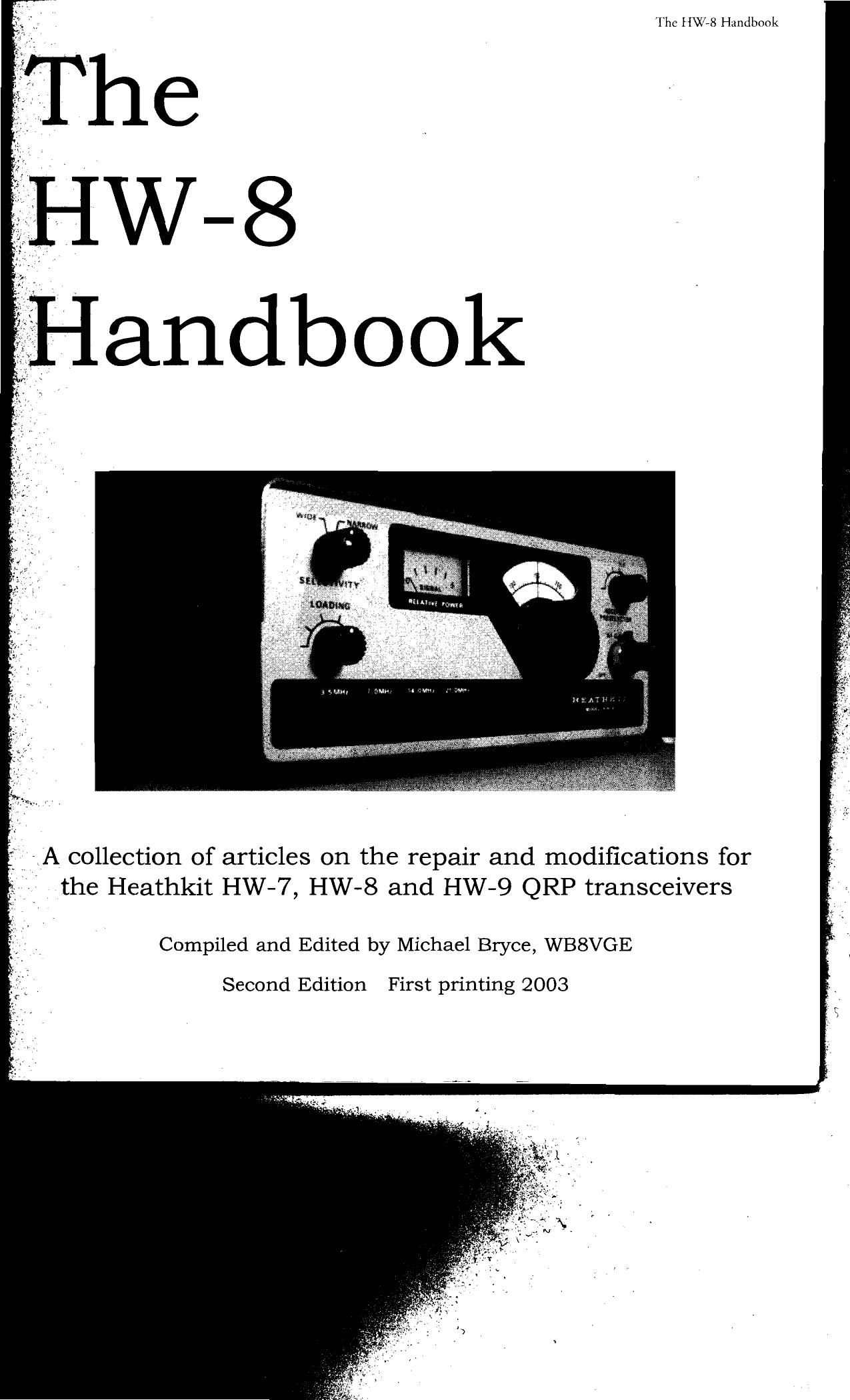Heathkit HW 8 Handbook
This is the 106 pages manual for Heathkit HW 8 Handbook.
Read or download the pdf for free. If you want to contribute, please upload pdfs to audioservicemanuals.wetransfer.com.
Page: 1 / 106
